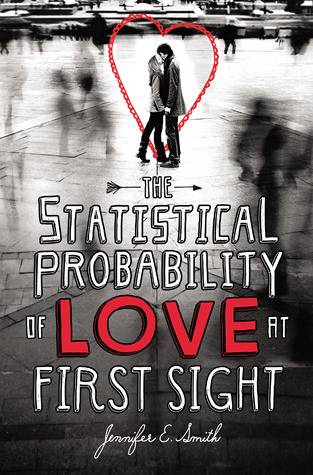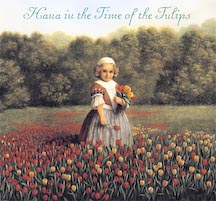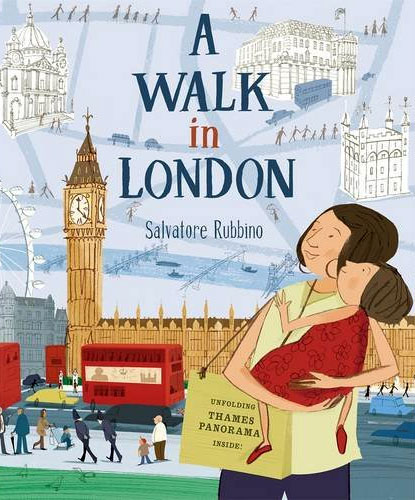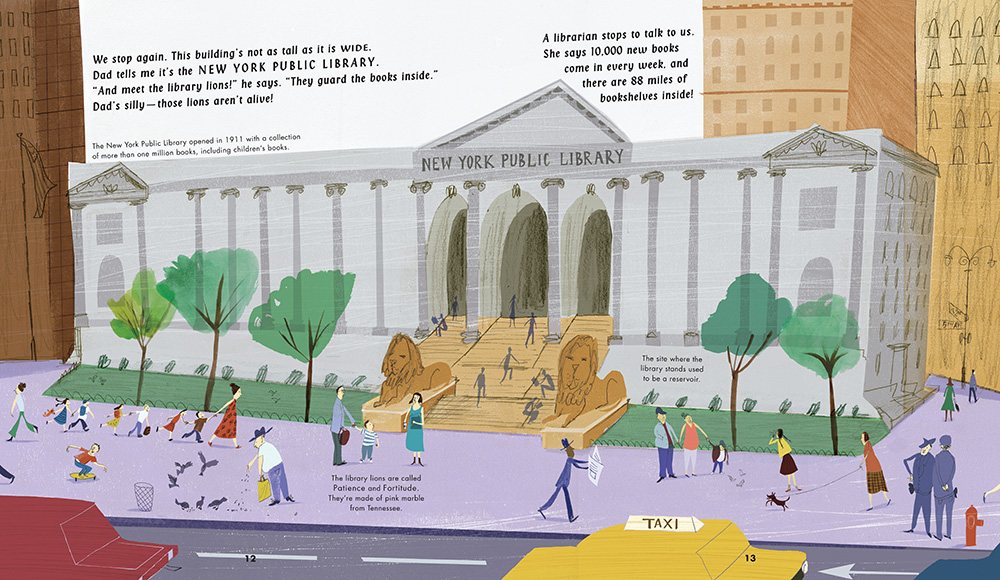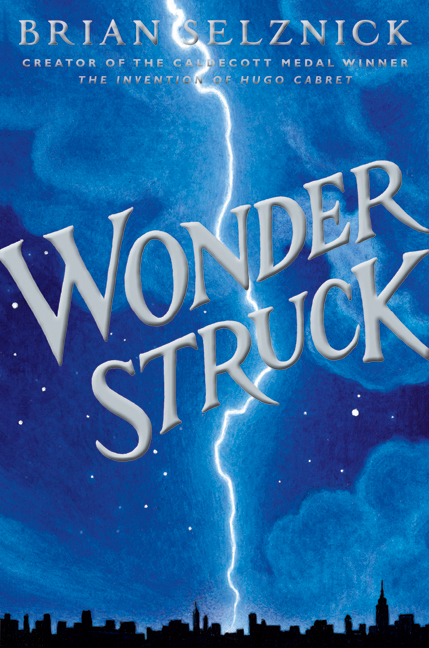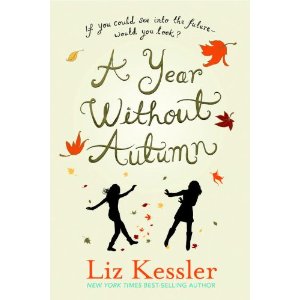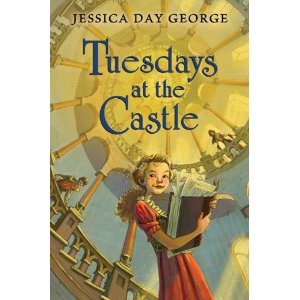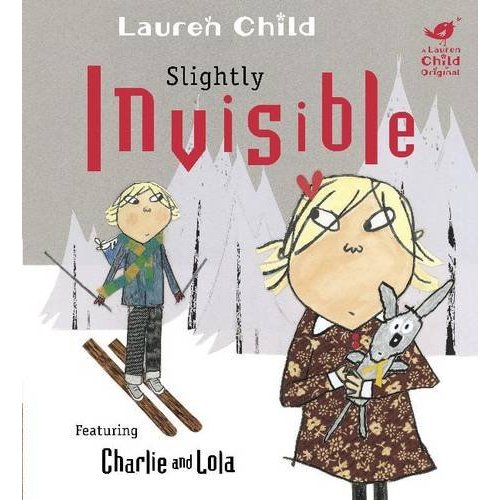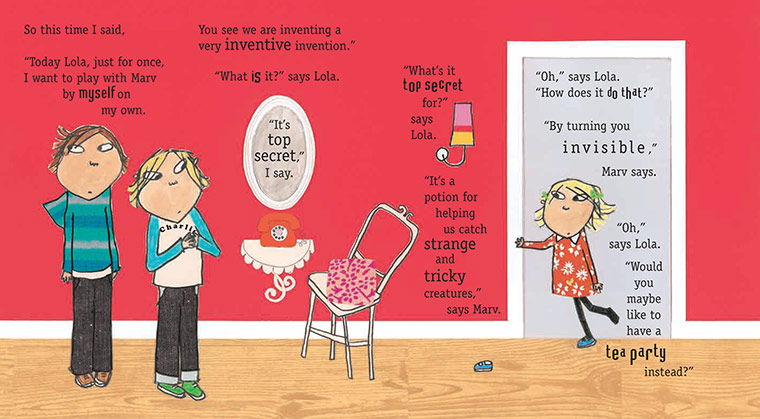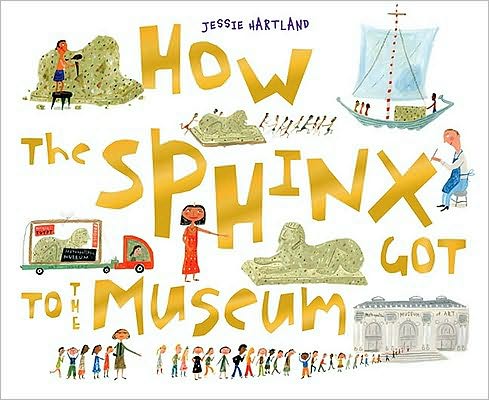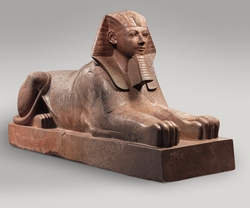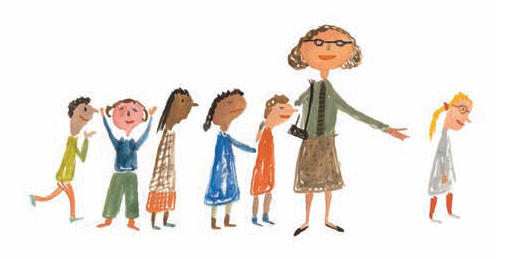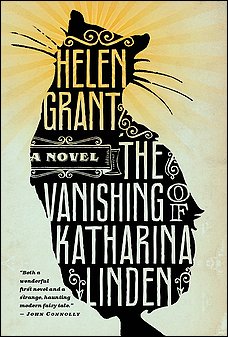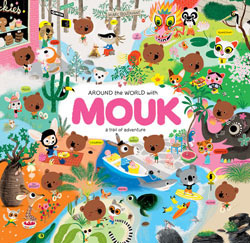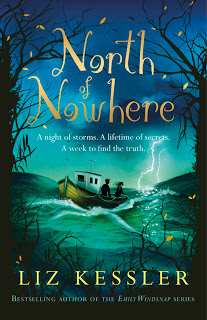 Liz Kessler's series books starring Emily Windsnap and Philippa Fisher are tween girl favorites (we like Emily Windsnap, the half-mermaid, best), but her standalone books are equally appealling: this one, North of Nowhere (Candlewick, 2013), is part mystery, part magic--but to say more about what sort of magic it might be would give some of it away, so I'll stick to what Mia knows: she is stuck in a sleepy seaside village on the coast of Cornwall (no cell phones, no Internet) over spring break because her grandfather has gone missing, and she and her mother have to help Gran run the pub.
Liz Kessler's series books starring Emily Windsnap and Philippa Fisher are tween girl favorites (we like Emily Windsnap, the half-mermaid, best), but her standalone books are equally appealling: this one, North of Nowhere (Candlewick, 2013), is part mystery, part magic--but to say more about what sort of magic it might be would give some of it away, so I'll stick to what Mia knows: she is stuck in a sleepy seaside village on the coast of Cornwall (no cell phones, no Internet) over spring break because her grandfather has gone missing, and she and her mother have to help Gran run the pub.
If Mia sounds a tiny bit self-absorbed, it's because she is--she's in eighth grade, after all--and Kessler's writing, in Mia's voice, reflects that. But she's also genuinely concerned about her grandfather, and eager to make friends: with a girl she gets to know by way of letters exchanged via an old diary (I loved this part), and a boy, Peter, who's determined to help the two girls meet. She's also willing to walk the dog (Flake, a border collie--I liked him, too).
The girl in the diary (Mia knows her only as Dee) lives on the island of Luffsands, off the coast of Cornwall, which complicates matters when stormy weather makes it impossible for her to get to the mainland village of Porthaven, where Mia is waiting for her. And then Peter disappears, and Mia suspects he's gone to Luffsands to find Dee.
At risk of revealing too much, the island of Luffsands is based on the true story of Hallsands, a British village that collapsed into the sea almost a hundred years ago--but even with that information, it's almost impossible to know where the story is going until it's gotten there. And even then, you might have trouble believing it! Don't say Mia didn't warn you.
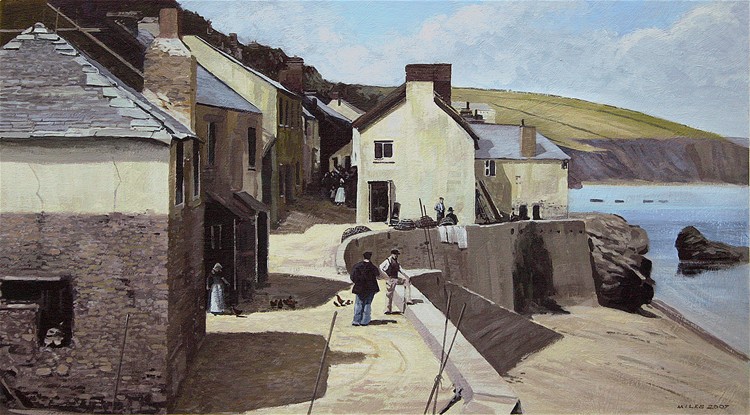
[This print is of South Hall Sands circa 1900, by Gerry Miles (2007). It's just how I imagined the village of Porthaven might look, too.]
